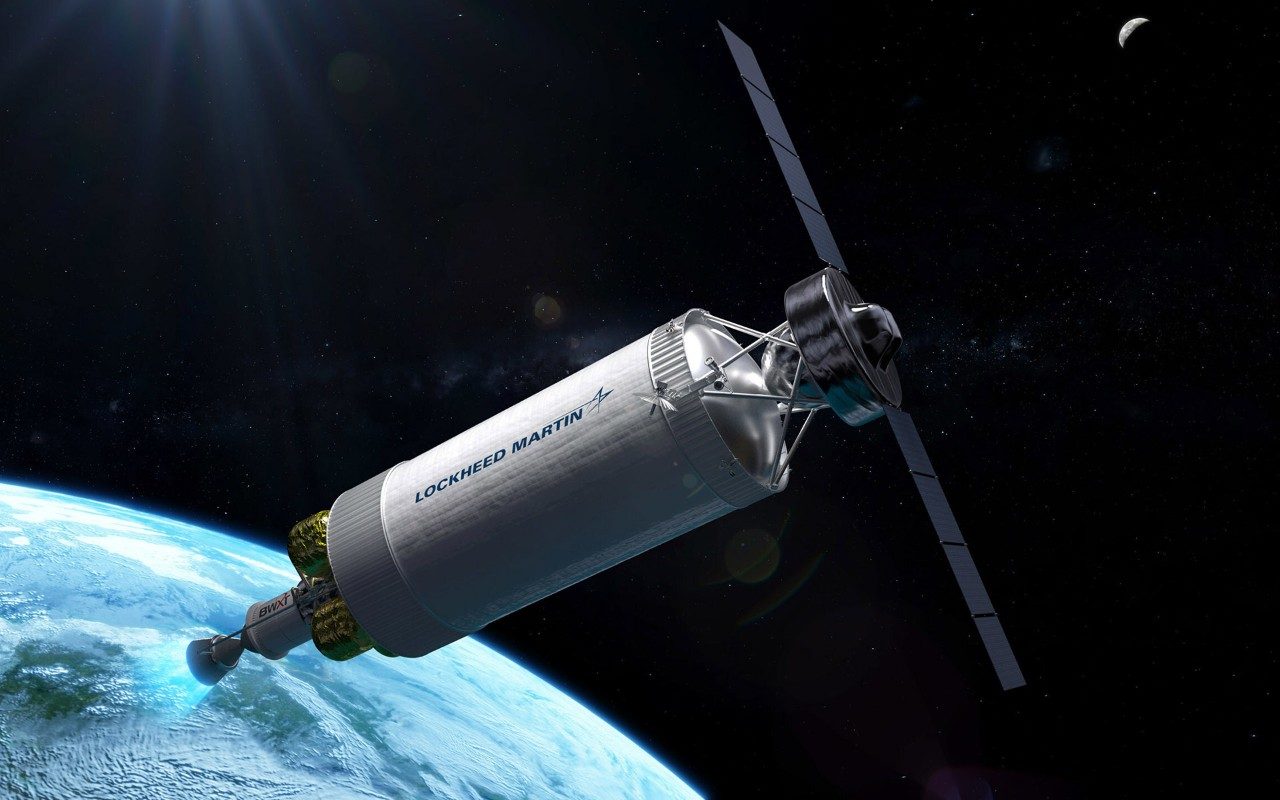(Nu)clear the Way: The Future of Nuclear Propulsion is Here
New Propulsion on the Block
Space is big. Really big. And traveling the vast distances between planets and stars requires a lot of time and energy. Traditional chemical propulsion engines can get us to the Moon in about three days and Mars in approximately seven months.
But with new propulsion technologies like nuclear thermal propulsion (NTP), Lockheed Martin is looking to cut those travel times significantly thanks to the high-efficiency thrust created by the NTP system. (Two-to-five times more efficient than traditional chemical propulsion, in fact.)
How does nuclear thermal propulsion work? Is it safe?


So, what’s next for NTP?
Currently under development and testing, this amazing technology is set to be demonstrated onboard DARPA and NASA’s DRACO project, which will be designed and built by Lockheed Martin, as early as 2027. NTP will power us into the future of deep space exploration as we set our eyes on the Moon, Mars and beyond.




